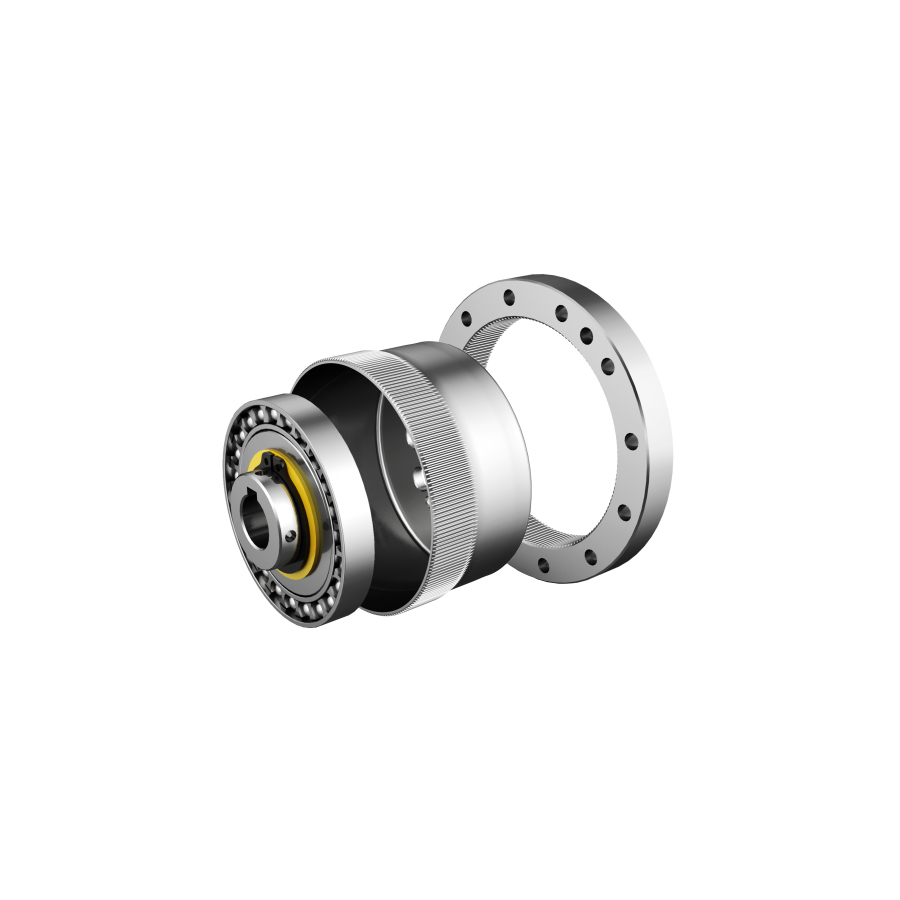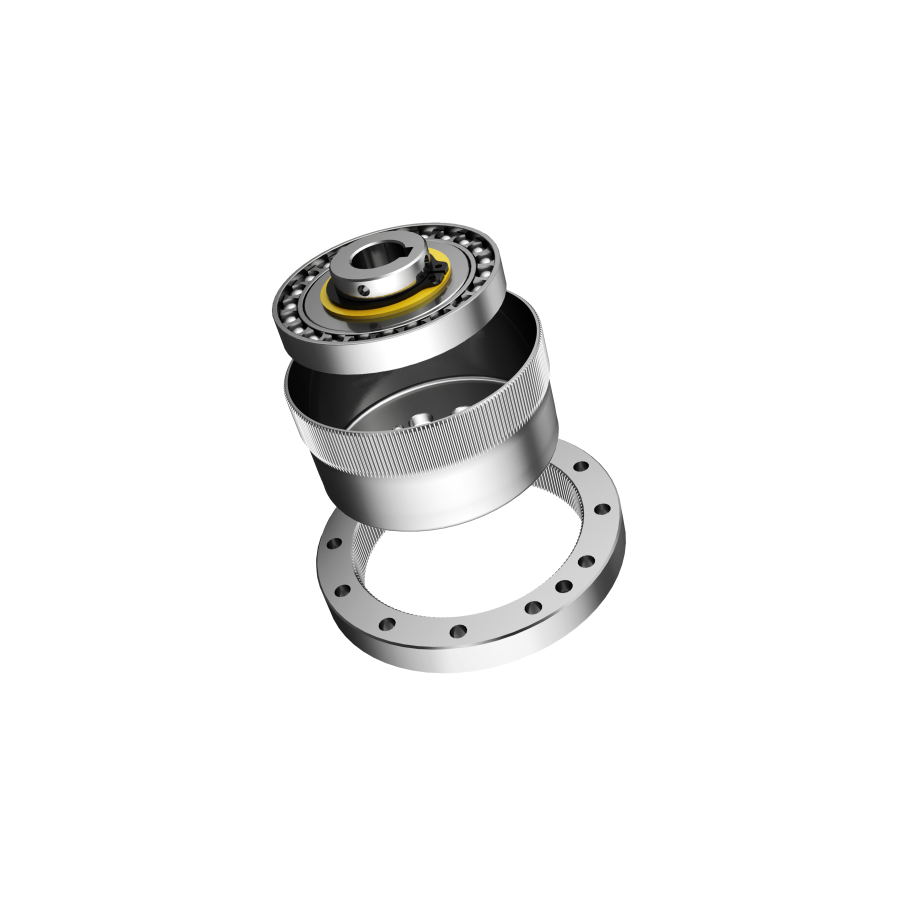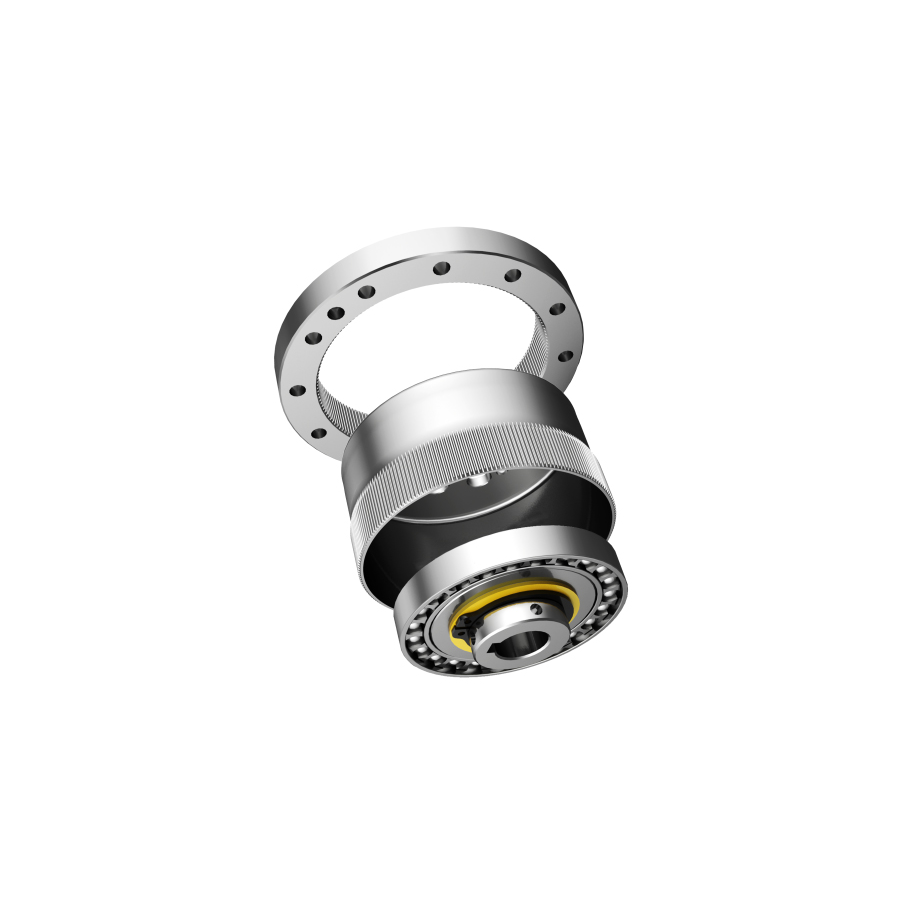In the world of mechanical systems, the efficient transfer of power and motion is crucial for optimal performance. One key component that plays a significant role in achieving this is the harmonic reducer. Suzhou Yijiaang Automation Technology Co., Ltd., a leading manufacturer specializing in the development, sales, and technical services of transmission components, offers a range of products including planetary gearboxes and harmonic reducers. In this article, we will delve into the function and benefits of a harmonic reducer in mechanical systems.
What is a Harmonic Reducer?
Definition and Basic Structure
A harmonic reducer, also known as a strain wave gear, is a compact and high-precision gear mechanism commonly used in various mechanical systems. It consists of three main components: a wave generator, a flex spline, and a circular spline. These components work together to achieve speed reduction and torque multiplication.
Working Principle
The working principle of a harmonic reducer is based on the elastic deformation of the flex spline caused by the wave generator. As the wave generator rotates, it creates a wave-like motion that causes the flex spline to deform and engage with the circular spline. This engagement results in the transfer of motion and torque from the input to the output shaft.

Function of a Harmonic Reducer
Speed Reduction
One of the primary functions of a harmonic reducer is to reduce the rotational speed of the input shaft. By utilizing the wave-like motion generated by the wave generator, the harmonic reducer can achieve significant speed reduction ratios, allowing for precise control and synchronization of mechanical systems.
Torque Multiplication
In addition to speed reduction, a harmonic reducer also provides torque multiplication. The deformation of the flex spline creates a large contact area with the circular spline, enabling the transmission of higher torque values. This feature is particularly beneficial in applications that require high torque output, such as robotics, industrial machinery, and aerospace systems.

Benefits of Using a Harmonic Reducer
Compact Design
Harmonic reducers are known for their compact and lightweight design. Compared to other types of gear mechanisms, such as planetary gearboxes, harmonic reducers offer a higher torque-to-weight ratio, making them ideal for applications where space and weight are critical factors.
High Precision and Backlash-Free Operation
Harmonic reducers are renowned for their high precision and backlash-free operation. The unique design of the flex spline and circular spline ensures minimal backlash, resulting in precise and accurate motion control. This characteristic is particularly advantageous in applications that require precise positioning and motion control, such as robotics and automation systems.
Efficiency and Energy Savings
Due to their high mechanical efficiency, harmonic reducers contribute to energy savings in mechanical systems. The minimal friction and backlash result in reduced power losses, allowing for more efficient power transmission. This efficiency not only saves energy but also reduces heat generation, leading to extended component lifespan and improved overall system reliability.

Conclusion
In conclusion, harmonic reducers play a vital role in mechanical systems by providing speed reduction, torque multiplication, and precise motion control. Suzhou Yijiaang Automation Technology Co., Ltd. offers a range of high-quality harmonic reducers, along with other transmission components, to meet the diverse needs of various industries. With their compact design, high precision, and efficiency, harmonic reducers are an excellent choice for applications that require reliable and efficient power transmission.


